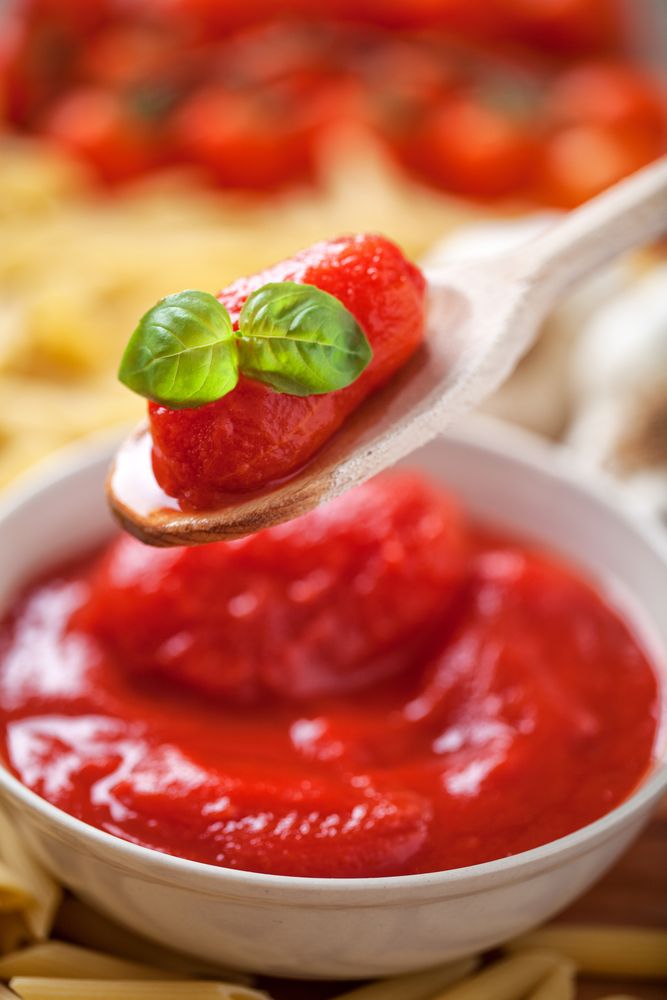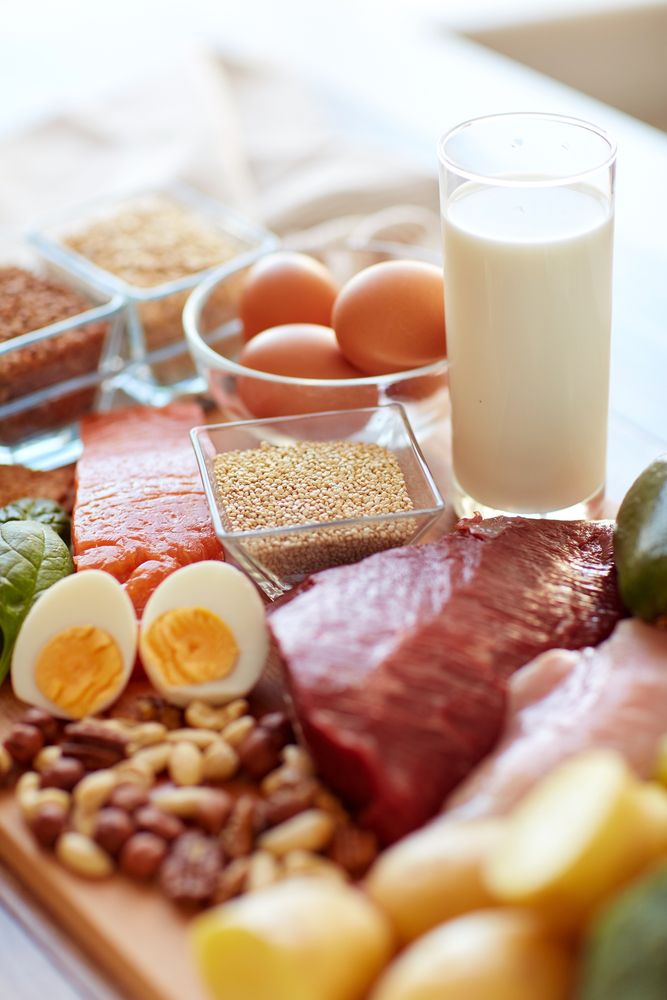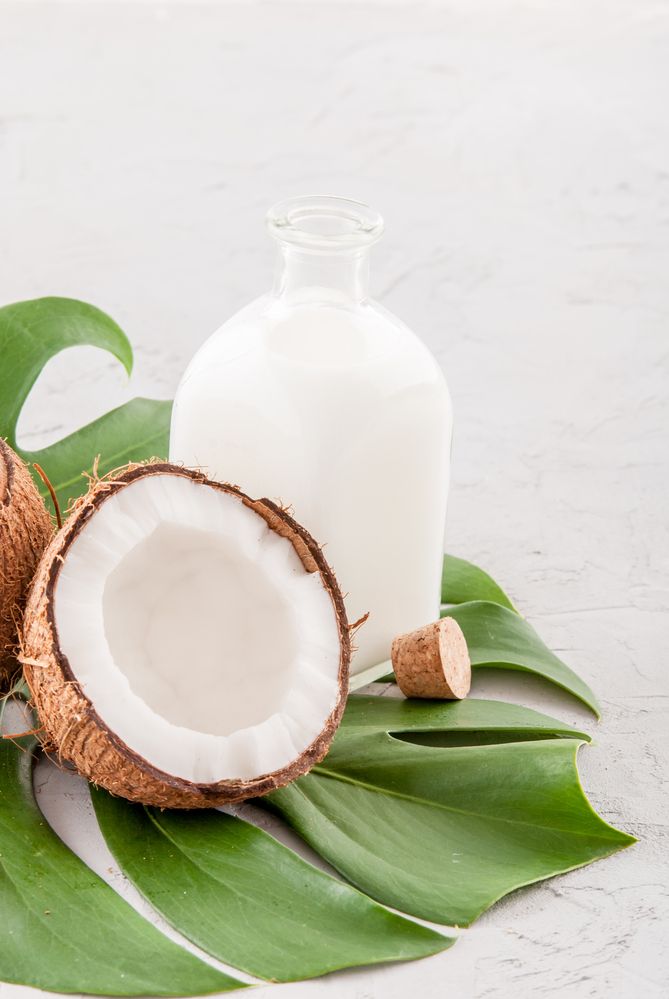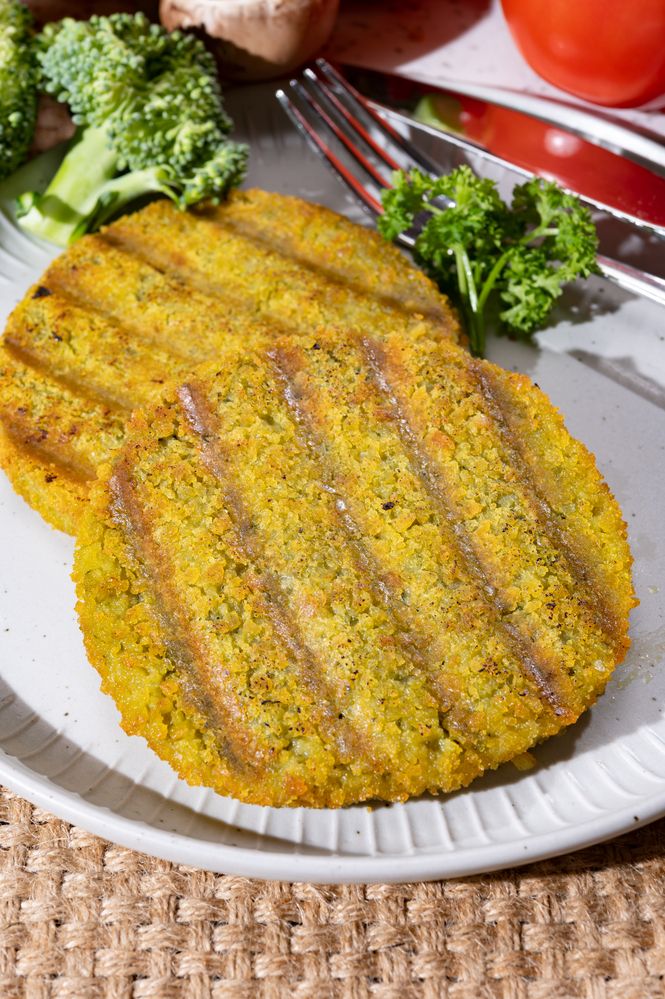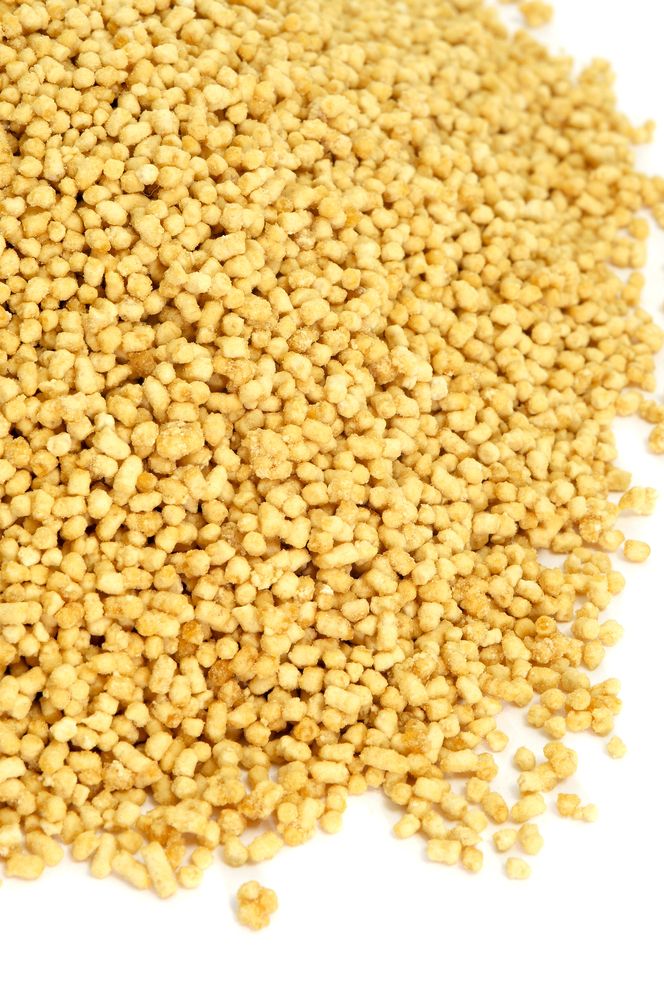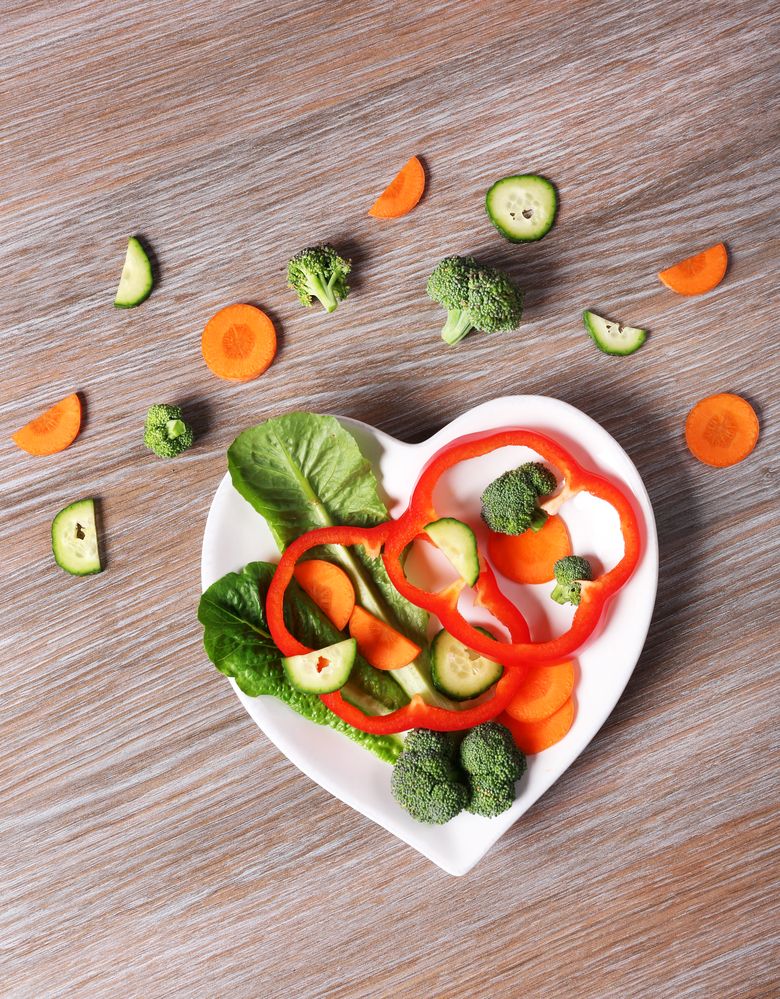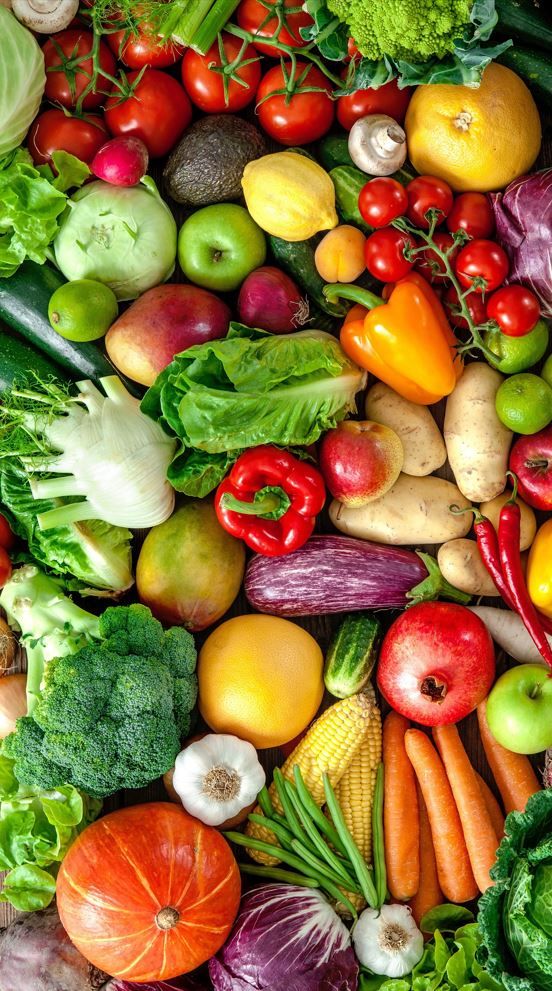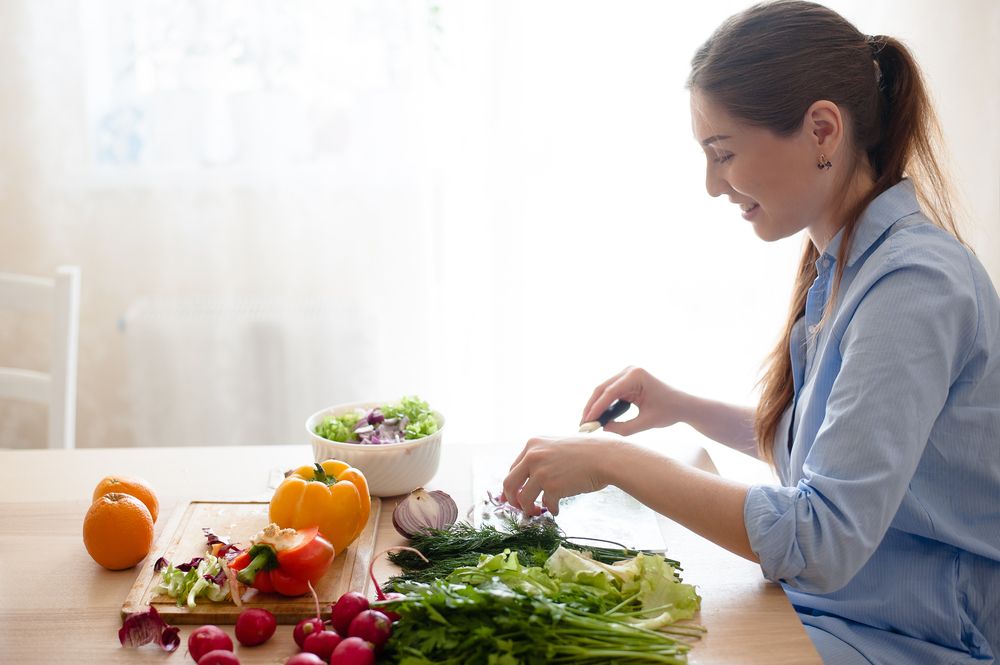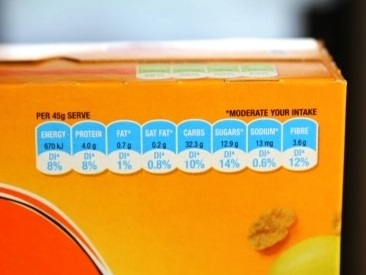%DI Labelling - what does it mean?
Written by Catherine Saxelby
on Tuesday, 10 November 2009.
Tagged: balanced diet, energy, food labels, FSANZ, kilojoules, portion size, standard serves

If you're into healthy eating then you probably check out food packs for nutrition information. It isn't always clear is it? You may have spotted the %DI on the labels but do you know how to interpret this for you or your children? The food industry believes many consumers are confused by labelling and has come up with a graphic way of presenting the figures on the front of the pack but I'm not sure it will be all that helpful.
What is %DI labelling?
%DI stands for Percentage of Daily Intake. The Daily Intake Guides look like a series of little thumbnails and are a graphic representation of how much one serve of a food contributes to an average day's intake.
The Daily Intake draws its information from the Per serving figures from the Nutrition Information Panel on the back and places it on the front of the pack in a graphic format which is easier to interpret. A picture is faster than reading numbers!
Thumbnails are voluntary
The Daily Intake Guide is a voluntary scheme, which has been developed by the Australian Food and Grocery Council. As of 2013, it appears on over 7,000 food packets.
Some manufacturers choose to display only the %DI for energy (kJ) while others may include information on energy as well as seven nutrients - protein, fat, saturated fat, carbohydrate, sugars, fibre and sodium.
Some products like breakfast cereals also show four vitamins and the mineral iron. Kelloggs were the first to introduce the %DI in mid-2006 followed by Coca-Cola and McDonalds.
Checkout this example
Take a look at the %DI thumbnails from a pack of Just Right breakfast cereal.
From the above shot, you can see that a "serve" of 45 grams of Just Right (a large bowl) gives you 8 per cent of your kilojoule (energy) intake, 8 per cent of your protein, 1 per cent of fat, 0.8 per cent of saturated fat, 10 per cent of carbohydrates, 14 per cent of sugars, 0.6 per cent of sodium (salt) and 12 per cent of fibre.
Make sure you understand though just a what a "serve" is. Click here to read my article on serve sizes.
In contrast, if you eat a Big Mac, the thumbnails tell you that it gives you 23 per cent of your day's theoretical energy - which makes it more of a meal.
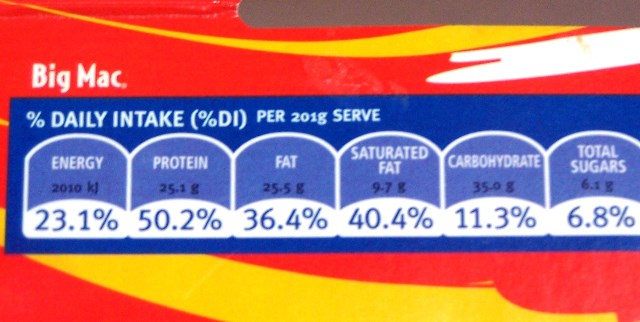
But, you also getting 50 per cent of your protein along with 40 per cent of your saturated fat and 37 per cent of your day's sodium (not shown) - not a good thing. You are getting an "excess" of saturated fat and sodium relative to your kilojoules.
How do they work out the %Dietary Intake?
You can see the numbers for yourself - they are simply take the figures from the Per serve column on the nutrition panel on the back of the pack. Then they divide them by the average day's total intake.
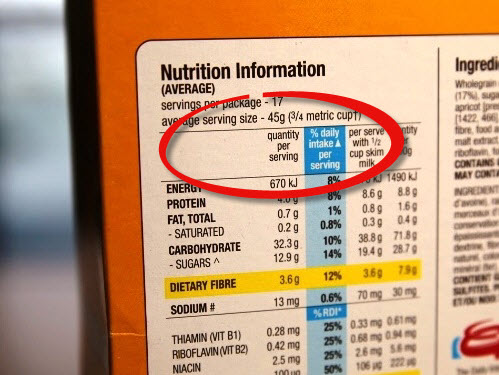
→
Nutritionists' gripes
1. The %DI is based on a healthy weight male who consumes 8700 kJ (2300 Calories) per day. If you are a child, female or anyone overweight - all of whom need to consume fewer kilojoules than most males - the numbers won't apply to you.
Take a Big Mac with 2010 kJ as an example again.
- If you are average man, it provide you with 23 per cent of your day's energy intake.
- If you are an average woman, your energy needs would be only around 7500 kJ, 1200 less than the average male. Thus a Big Mac would give you 27 per cent of your total (which is 2010/7500 X 100).
- If you are on a diet and eating only 5000 kJ a day, that same Big Mac would give you a huge 40 per cent of your day's total. You would need to think twice about whether to eat it or not!
- If you are sporty or very active, you'll burn up more kilojoules and therefore the foods contribute LESS of your DI needs.
Rule of thumb:
- If you're burning up LESS than an average man, the percentages displayed would be greater than your required daily intake.
- If you're burning up MORE than the average man, the percentages displayed would be less than your required daily intake.
2. Just using energy (kilojoules) as a way of comparing foods ignores the overall nutrition of a food. It can make unhealthy foods seem like a good choice as it is all about quantity, not quality. There's no judgement as to whether a food is good for you or not - it's left to the consumer to interpret. In contrast, the red Heart Foundation Tick does the work for you in highlighting healthier options with less saturated fat, sodium (but it doesn't tell you how much to eat of them either).
3. The numbers look complicated - there are too many numbers to make it a simple at-a-glance check. If manufacturers rounded the percentages up to the nearest whole number, they would be a lot simpler. [Update from 2013: the numbers are now rounded which is a lot easier!]
The bottom line
For people who aren't numerical and find tables hard to decipher, the thumbnails make the nutrition information panel a little easier to interpret but it's too complicated for people to evaluate foods quickly and easily. It's also male-orientated and given that most often it's still women doing the shopping and trying lose weight, it's just not relevant enough!
Save
Reviews
-
Read more
Product snapshot: Tomato pasta sauces
18 September 2023 by, Catherine Saxelby
What’s in your favourite tomato pasta sauce, and how much of it? Here are the most popular sauces reviewed for your reading pleasure.
I’ve rated nine of the most popular tomato pasta sauces in terms of their nutrition, ingredient lists and jar size. You’ll find many of these in your local supermarket. The sauces are ranked:
- from Italian (Italy grows the reddest full-flavoured tomatoes) to Australian
- per 100 grams, which is equivalent to 3½ ounces (the standard for comparing food products)
- by serving size (varies between brands but is generally 100–175 g in size)
- by ingredient list, jar size and where made (with each product’s website as the source)
The bottom line
When you’re next out shopping, run your eyes down the per 100 g column and look for products containing less than 400 mg sodium AND less than 5 g fat (which equals 5% fat). Most of the brands are below these levels. I like Barilla, Sacla, Leggo’s, La Gina and Mutti – but that’s just me!
-
Product review: Low-sugar alcoholic ginger beer
1 March 2023 by, Catherine Saxelby
Want something to drink before dinner? Something that’s LOWER in alcohol than wine? To match his beer? Then look no further than Bundaberg’s low-sugar alcoholic ginger beer.
You can drink Bundaberg low-sugar ginger beer straight from the can, or pour it into a long glass over ice with a slice of lime.
-
Product snapshot: Berkelo’s Khorasan Macaroni
14 September 2022 by, Catherine Saxelby
I’m loving this macaroni from Berkelo. I was sent a sample for Whole Grain Week 2022 by the Grains Legume Nutrition Council. I cooked it up and found that it was just divine! Read on for more …
-
Product review: Super high-oleic safflower oil
11 May 2022 by, Catherine Saxelby
“What does super high-oleic mean?” I hear you ask. Also, “I haven’t heard of safflower for ages. What’s the deal?” Read on and all will be explained.
-
Product review: Healthy Life Food Tracker
6 April 2022 by, Catherine Saxelby
When I was first asked to write this review, I thought, Not another tracker.
After all, there have been several in recent years, such as My Fitness Pal and Everyday Diet Diary. But this one is different. It works by using your Everyday Rewards card AND your shop at Woolworths.
-
20 October 2021 by, Catherine Saxelby
With home delivery on the rise, this post is reviewing none other than that stalwart Lite n’ Easy. We all know their meals are good for weight loss (which we all need after COVID-19!), but did you know they’re also good for general health and wellbeing ? Eating well to nourish yourself – putting your mental health and wellbeing at the forefront – is gaining momentum. Lite n’ Easy meals also ensures you satisfy your need for vitamins, minerals, fibre and phyto-compounds, such as sterols and carotenoids.
 This post has been sponsored by Lite n' Easy.
This post has been sponsored by Lite n' Easy. -
Product review: Birds Eye Plant Based range
15 September 2021 by, Catherine Saxelby
When you think of Birds Eye, their frozen peas and fish fingers probably come to mind. But I bet you’d never think of plant-based products!
 This post has been sponsored by Birds Eye.
This post has been sponsored by Birds Eye.
Healthy Weight Loss
-
Read more
Intermittent fasting vs daily calorie restriction
3 May 2023 by, Catherine Saxelby
As you probably know already, intermittent fasting (IF) has gained favour as an alternative regimen to daily caloric restriction (DCR). Fasting is shown to extend the lifespan of rats, and has been associated with metabolic benefits in humans, yet the results so far have been inconsistent. So, which regimen is best for healthy weight loss?
-
15 March 2023 by, Catherine Saxelby
What sort of a diet should you follow to lose that excess weight? These days, it’s pretty confusing with high-protein Keto advocates clashing with plant-protein followers … as well as intermittent fasters, juice-only dieters, no-carb dieters and no-animal (aka plant-based) dieters. Plus all the ads for anti-hunger supplements, meal-replacement shakes and home-delivered meals, more of which somehow appear every day. So, what sort of diet should YOU follow to lose that excess?
-
Protein shakes for weight loss
9 November 2022 by, Catherine Saxelby
These days, protein shakes aren’t bought by just body builders – they’re so popular that you can readily buy a 400 g tub at your local supermarket or service station. And with tempting claims such as ‘Facilitates muscle toning’, ‘Contains transformation-making protein’ and ‘Tastes incredible, mixes easily’, why wouldn’t you grab one? But protein shakes aren’t the magic answer to all your weight-loss woes. Let’s take a look at what you get for your money.
Guest post by dietitian Zoe Wilson APD
-
20 January 2021 by, Catherine Saxelby
Many of us have cravings from time to time and for different reasons. One thing is certain, they can sabotage all your best efforts at a healthy diet and/or weight loss. The good news? You CAN beat them. I’ll tell you how.
-
How to lose weight WITHOUT going on a diet
14 October 2020 by, Catherine Saxelby
The word 'diet' is a turn-off for most people. It sounds hard, unpleasant and unpalatable. Losing weight doesn’t have to be hard AND it doesn’t have mean sticking to a 'diet'. You can forget Paleo, Keto, Vegan and Raw, Gluten-free and Intermittent Fasting. To lose weight, you don’t have to follow any specific diet. What you need is simple, healthy, nutritious food and a few tips and tricks.
-
What IS a healthy balanced diet for weight loss?
16 September 2020 by, Catherine Saxelby
Healthy weight loss happens when you lose weight slowly and steadily (around 1 kg or 2 pounds weight loss a week). Your goal is to lose weight while still getting your essential nutrients but from smaller portions. You certainly don’t want to be tired with no energy! That’s why you need regular healthy meals and snacks on hand to ensure your vitamins, minerals, omega-3s and fibre needs can be easily met. There is a new range of healthy weight loss meals available and it’s one that I’d like to recommend. With these ready meals, you’ll say goodbye to meal planning, shopping, meal preparation and cooking.
This post is sponsored by Chefgood
-
Kitchen make-over for the New Year
8 January 2020 by, Catherine Saxelby
“This year, I'm going to lose weight!”, or “This year I’m opting for a healthier lifestyle!” Is your 2020 New Year's resolution something like one of these? If so, how is it going to happen?
Most popular
-
Read more
Q. What's the difference between Diet Coke and Coke Zero?
12 September 2013 by, Catherine Saxelby
A. At first glance, Diet Coke and Coke Zero appear to be identical. Both contain no kilojoules (Calories) and no sugar. Both are artificially sweetened with (the same amount) of aspartame and acesulfame K and therefore have the same ‘sweetness’.
-
7 types of sugar - which is healthier?
11 December 2013 by, Catherine Saxelby
Last week on the radio, the announcer asked me if there was a 'good' sugar – one that would satisfy her sweet tooth but that was 'healthier' than regular white sugar. She figured if there were 'good' carbs and 'bad' carbs there must be some sugars that would get the nod of approval from nutritionists.
-
How to convert sodium to salt (and salt to sodium)
6 August 2010 by, Catherine Saxelby
As a nutritionist, my aim is to help busy women eat healthily. One of the ways to do this is to follow the general nutrition advice to reduce the salt in your diet. So, how can you do this when what you’ll see on a food label and on any recommended daily intakes is sodium?
-
Eat to beat gastro and diarrhoea
12 October 2012 by, Catherine Saxelby
A clear fluid diet is the best form of treatment for gastro and tummy upsets. It is the "lightest" type of diet, designed to place as little strain as possible on the digestive tract. It is NOT nutritionally adequate and should be followed only for a strictly limited time e.g. two or three days but no more than a week.
-
Nutella. The full (correct) list of ingredients
12 April 2011 by, Catherine Saxelby
Have you ever tried to find the exact list of ingredients for Nutella online? The identical one that appears on its label - in descending order from the first (largest ingredient by weight) to the last ingredient, as required by law? Well, you won’t find it! Here’s the hoop-la I went through to discover exactly what the ingredients in Nutella are and why Nutella is not good for your kids.
-
Sugar - why quitting sugar guarantees you'll lose weight
6 May 2013 by, Catherine Saxelby
Sugar. It's been labelled "deadly", "addictive", "toxic", "sweet poison" and blamed for the rise in global obesity in recent years." Get rid of the white toxin from your diet and you'll free up your body to drop those excess kilos" (or so say anti-sugar campaigners Sarah Wilson, David Gillespie and Robert Lustig). Here are the three real reasons why I believe quitting sugar helps you lose weight.
-
What does 8,700 kilojoules look like?
14 August 2012 by, Catherine Saxelby
8,700 is a magic number in nutrition. It’s the number of kilojoules (kJ) that is the “average” intake for adults in Australia, if the surveys are correct.
It’s widely used as a benchmark figure and as the basis of food labels such as the Percent Daily Intake values.
Recently kilojoules have appeared on fast food menu boards and they use 8,700 as the yardstick to assess their foods against. Here's my take on it.
Recipes
-
Read more
24 May 2023 by, Catherine Saxelby
This is a kind of pavlova topped with fruit, but the base is made from ricotta, rather than egg whites and sugar.
-
22 March 2023 by, Catherine Saxelby
This is an Asian-influenced salad that’s perfect to serve as a side salad at a BBQ or with a fillet of fish.
-
14 December 2022 by, Guest Post
This banana loaf is half bread and half cake. Hence I've called it "cread" which is halfway! It’s dense and delicious without being super-sweet or oily. It can be enjoyed fresh, toasted or sliced and frozen into portions to enjoy later.
-
23 November 2022 by, Guest Post
This quick and easy dessert is ready in minutes. And there are NO leftovers to tempt you later!
-
19 October 2022 by, Catherine Saxelby
A quick and easily-made sandwich, it’s great for an easy lunch.
-
Spring Vegetable Pesto Pasta Salad
7 September 2022 by, Guest post
This super salad-in-one gives you pasta plus vegetables all together. It has a spring feel to it. More?
-
Squash-ed spaghetti bolognaise
3 August 2022 by, Guest post
This is an excellent make-and-freeze recipe, so weeknight meals become more manageable. I know of no better way of ‘hiding’ veggies than in a Bol sauce – somehow mince with a few veggies like pumpkin or zucchini is a match made in heaven.
The Good Stuff
The Boring Stuff
© 2023 Foodwatch Australia. All rights reserved
Author photo by Kate Williams
Website by Joomstore eCommerce
